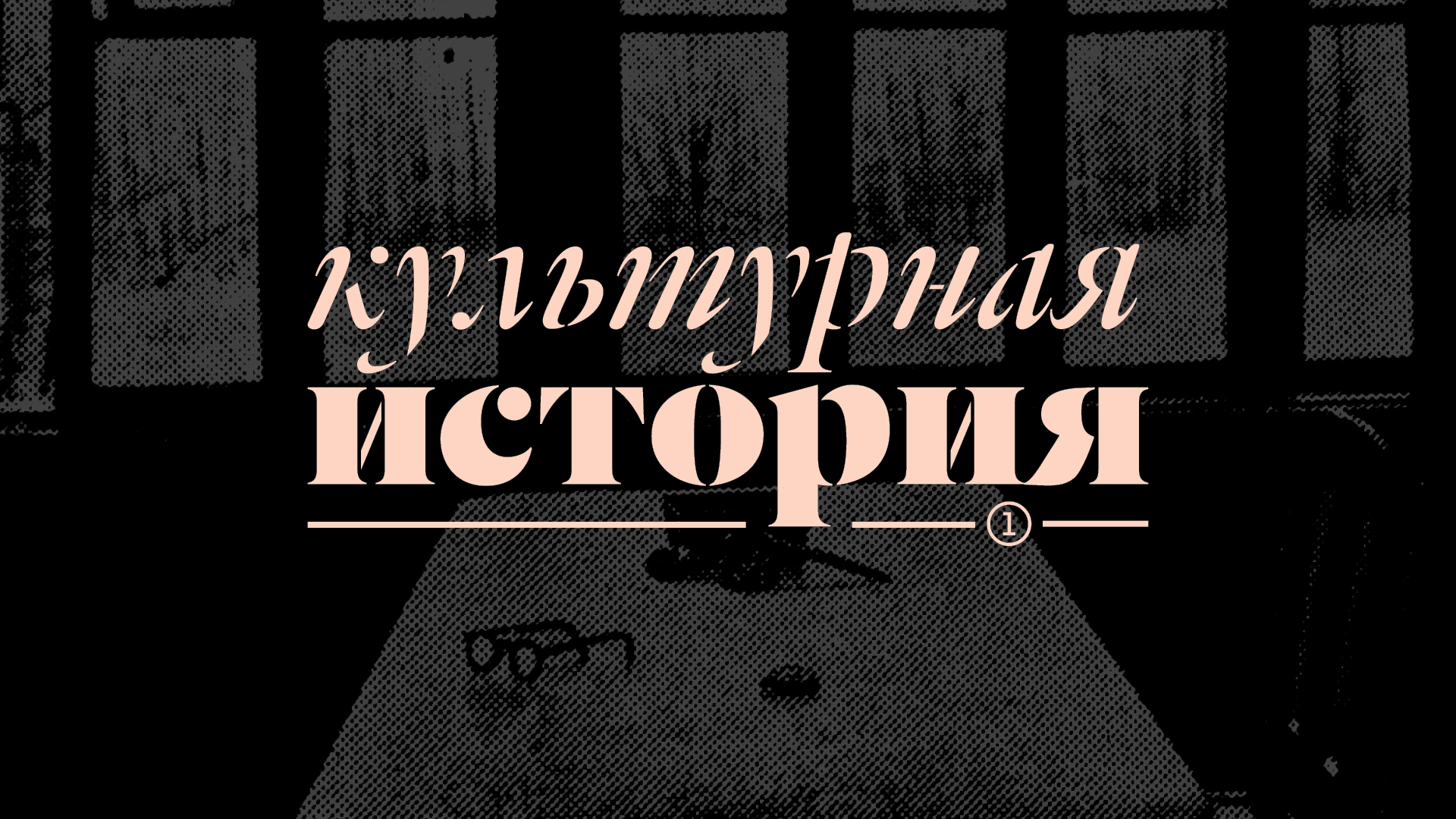Abstract
In the 16th — early 20th centuries, in the Russian borderlands there were special military-administrative formations — districts of Cossack armies, the population of which performed military service according to special rules, and the Cossacks themselves formed a special social category. In addition to strictly performing military functions (recruiting horse and foot regiments for the army, guarding borders), the Cossacks were a means of incorporating non-Slavs (Kalmyks, Ossetians, Kabardians, Bashkirs, Siberian Tatars, Buryats), who were included in the “military estate”. This social group did not supply recruits to the army; moreover, the Cossacks had a number of privileges, were provided with land and fishing grounds, and cultivated military traditions. All this made the Cossacks attractive to foreigners. Cossack status was given to certain groups of the population in anticipation of subsequent stratification into the main social categories (nobility, merchants, peasantry, etc.). Service in the Cossack armies was an effective tool for Russification.
